River Teesta originates at Tso Lamo, Sikkim, flows through West Bengal and then enters the Rangpur division in Bangladesh. It is the fourth largest among 54 rivers shared by India and Bangladesh. The river basin is populated with over 30 million people who depend on the river water for drinking and domestic use, irrigation, industry and religious activities. Besides fishing, agriculture is one of the important sources of livelihood in the basin and sustains more than 90 percent of the rural population.
But the river is also caught in water sharing conflict between India and Bangladesh. In her paper, ‘Geopolitics of water conflicts in the Teesta river basin’, Gauri Noolkar-Oak, a transboundary water conflicts researcher who travelled along the river, highlights why the Teesta is a contested river.
Listen to what Gauri has to say about her experiences and her insights on the Teesta conflict in an interview with the India Water Portal.
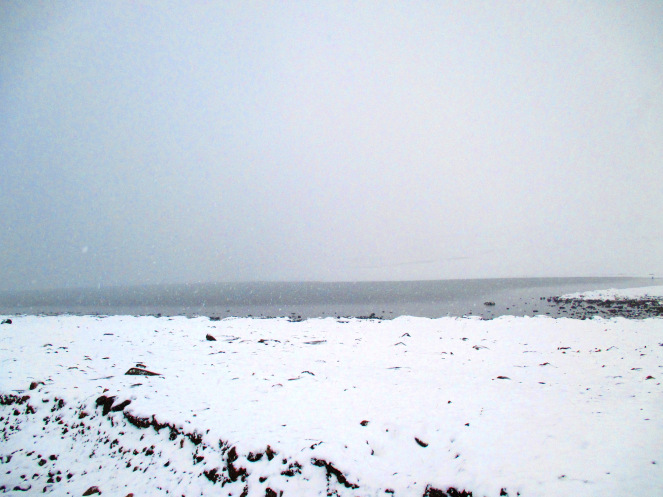

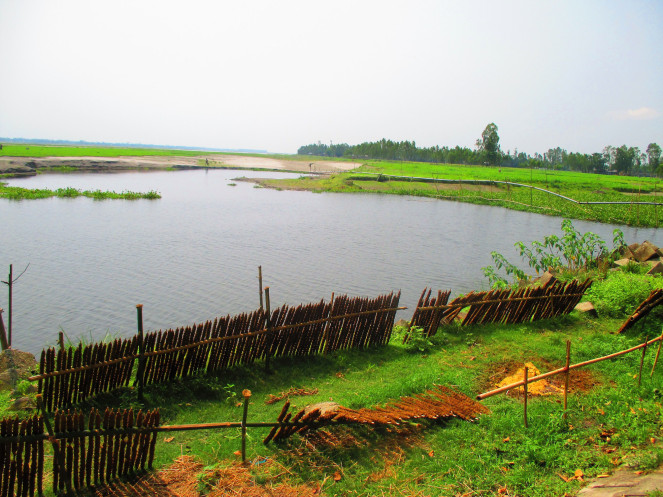

A contested river
The flow of the river is highly variable and the reduction in its flow during lean season causes friction between India and Bangladesh. Bangladesh, being the lower riparian, is dependent on upper riparian India for keeping minimum flows in the Teesta river.
India is constructing a series of dams up north in Sikkim along the course of 414 km of the river. This has substantially reduced the flow of the river, negatively impacting the livelihoods of farmers and fishing communities in downstream Bangladesh. Indian dams on the Teesta also release excess water during monsoons causing heavy floods and disruption of livelihoods in Bangladesh.
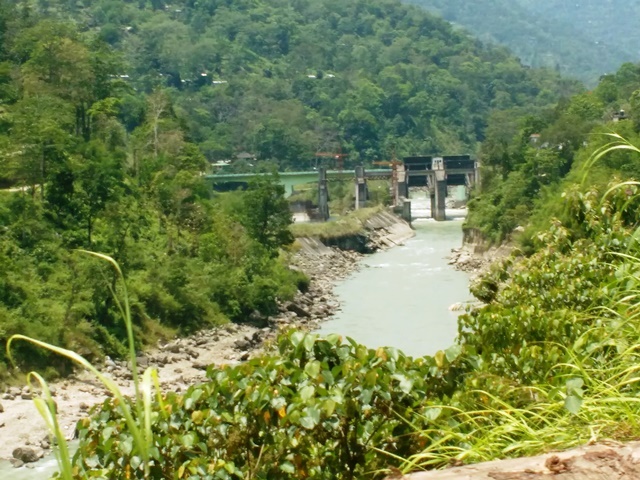
Besides this, two major structures have been constructed on the Teesta—the Gajaldoba barrage in India and the Dalia barrage in Bangladesh—as a part of the Teesta Barrage Project (TBP) to meet the irrigation and power needs of selected districts in India and Bangladesh.
The Gajaldoba barrage is located upstream and its increasing withdrawal and storage of water from the Teesta and the lack of agreement between the two countries on water sharing have now rendered the Dalia barrage and TBP in downstream Bangladesh practically useless due to the release of low amounts of water.
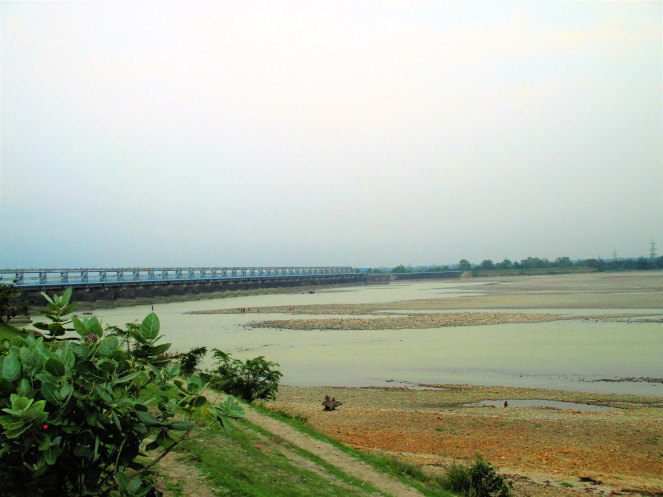
Bangladesh has been demanding a fair share of the river’s waters in the lean season and a minimum guaranteed flow throughout the year. A treaty has been signed and ratified by the governments of both the countries and negotiations on the Teesta have been going on for decades. Although a draft agreement has been prepared, no progress has been made since the Teesta deal between New Delhi and Dhaka fell through in 2011.
The state of the river
How have these disagreements between the two countries impacted the river? The river is experiencing erratic flows with a sharp decrease in the total volume of water. A lack of trust and poor efforts to work jointly on conserving the river by both the countries are taking a toll on the health of the river that is already suffering due to heavy damming, sand mining, chemical contamination, deforestation and climate change.
Internal disputes such as the anti-dam movement in Sikkim, the struggle for Gorkhaland and 'Save the Burri Teesta' movement within Bangladesh have also been found to impact the bilateral relations between India and Bangladesh over the sharing of the Teesta’s waters.
Discussions around the health and sustainability of the river and the impact of changes in the river on the stakeholders continue to be absent in the negotiations over the Teesta.
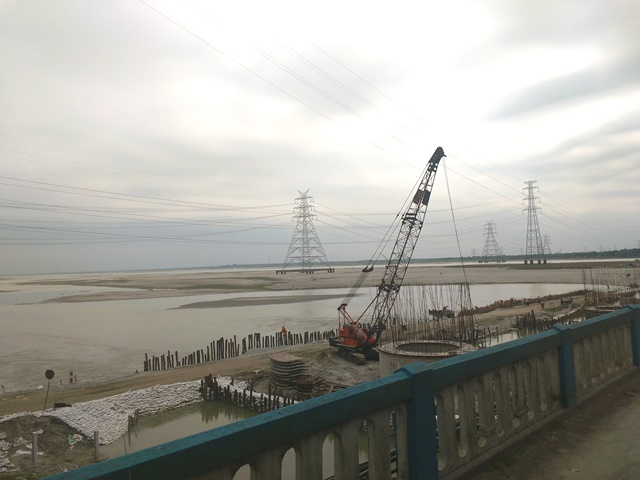
Gauri argues that the Teesta conflict is neither about the river nor a conflict between India and Bangladesh who share good relations, but is a product of domestic politics and regional geopolitics, and has little to do with the river and her health.
The discontent over water sharing in the Teesta is rooted in sociocultural and economic forces that have no consideration for the river, the environment and people living near it leading to serious environmental damage and the gradual deterioration of the river.
The civil society that is most affected by the Teesta dispute, continues to be the least heard and represented in the discourses around it. It is perhaps time the voices of the civil society are heard which might help to tie all the threads together and help in placing the river and the environmental concerns high up in the agenda.
A copy of Gauri's paper can be downloaded from below:





 geopolitics_of_water_conflicts_in_the_teesta_river_basin_gauri_noolkar_oak_2018.pdf
geopolitics_of_water_conflicts_in_the_teesta_river_basin_gauri_noolkar_oak_2018.pdf







